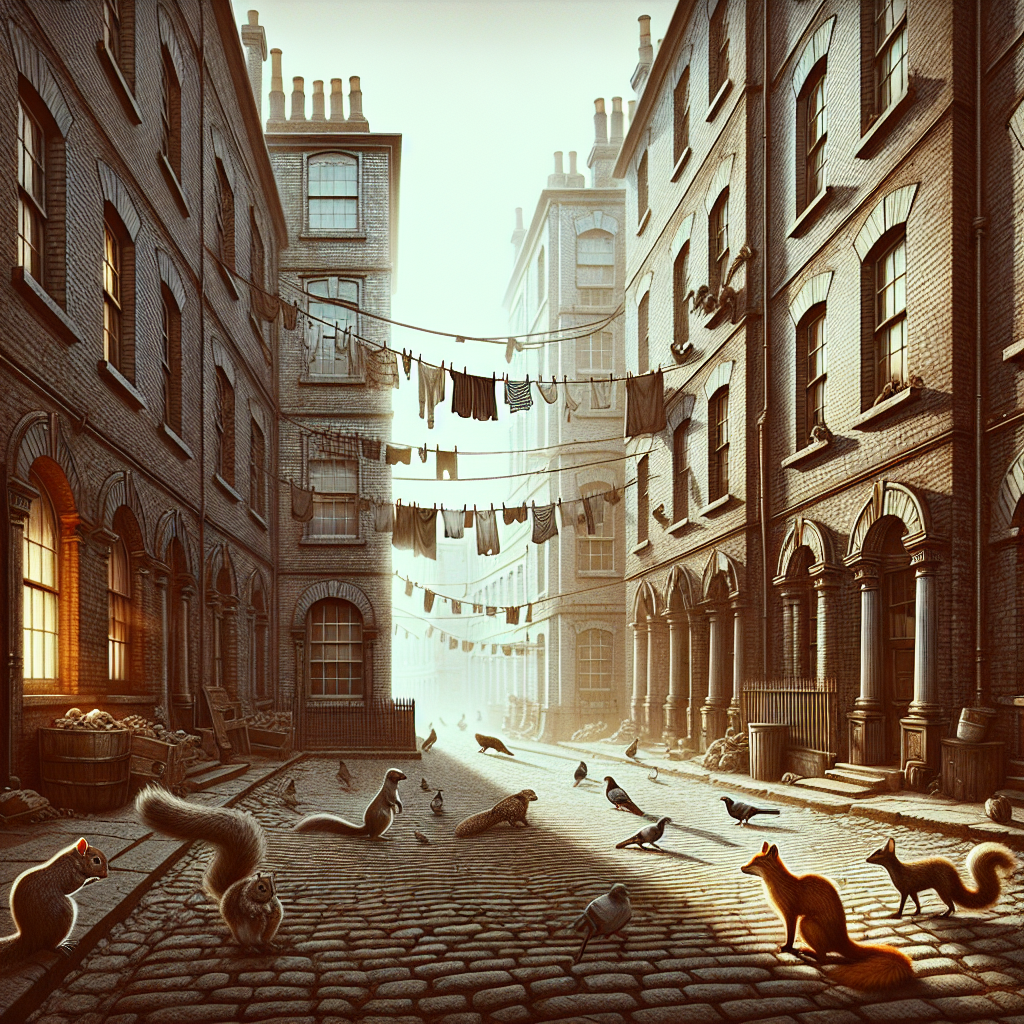However, a closer look reveals an interesting phenomenon; wildlife is not merely surviving but thriving in our concrete jungles. The adaptability of these creatures in urban environments is a testament to nature’s resilience and offers a unique opportunity to appreciate biodiversity right in our backyards.
One of the most common urban wildlife inhabitants are birds. From songbirds singing at dawn in tree-lined streets to the ubiquitous pigeons strutting around city squares, birds have become an integral part of urban dwellings. Cities provide a smorgasbord of food options for these feathered friends, from uncovered trash bins, fruit bearing trees to bird feeders in gardens. Moreover, the relative lack of natural predators in cities makes it a safer home for birds, leading to a richer and more diverse bird population than in rural areas.
Mammals, too, have found ways to carve out an existence amongst humans. Foxes, for instance, have become nocturnal creatures in many cities, scavenging through rubbish and making dens in forgotten corners of urban green spaces.
Raccoons, known for their dexterity and intelligence, have become adept at navigating complex urban environments. These creatures can open just about anything they get their paws on, making the city a virtual playground of food and resources.
Reptiles like lizards and turtles have also joined the urban ecosystem, often spotted sunbathing in city parks or even in suburban backyards.
They play a vital role in controlling pest populations.
For example, lizards feed on bugs and insects, thereby maintaining the balance of the ecosystem.

However, the co-existence of humans and wildlife in cities is not without challenges. Animals can be a nuisance, damaging property, spreading diseases, or causing noise and mess. This highlights the need for proper urban planning that considers wildlife habitats and promotes coexistence rather than conflict.
To this end, initiatives have been implemented in various cities worldwide to preserve and protect urban wildlife. Green rooftops, urban farms, and tree planting are just a few examples of how cities are being reshaped to accommodate their wilder residents. Equally important are public education campaigns aimed at fostering understanding and respect for urban wildlife.
Ultimately, the presence of wildlife in cities serves as a reminder that we are part of a larger, interconnected ecosystem. By allowing space for other species in our urban environments, we not only enhance the biodiversity and ecological health of our cities but also enrich our own urban living experience.
It’s important to remember that as much as wildlife has adapted to the city, the city needs to adapt to wildlife too. Building birdhouses, securing trash bins, and being responsible pet owners are simple actions we can take to help preserve our urban biodiversity.
Encountering a squirrel scampering across a park, a sparrow nesting in a skyscraper, or a raccoon rummaging through the trash is not merely an amusing sight; it’s a testament to the resilience of nature in the face of human development. And therein lies the beauty of urban wildlife: it’s a space where the natural and the artificial meet, reminding us that even in the heart of the city, we remain a part of nature.
Engaging with urban wildlife is a chance for us to rediscover our connection to the natural world. It’s an opportunity to learn, to respect, and to coexist with countless species that share our urban homes. So next time you’re in your local park or even just looking out of your city apartment window, take a moment to appreciate the surprising diversity of life around you. It’s a wild world out there, even in the most urban of settings.
Leave a Reply